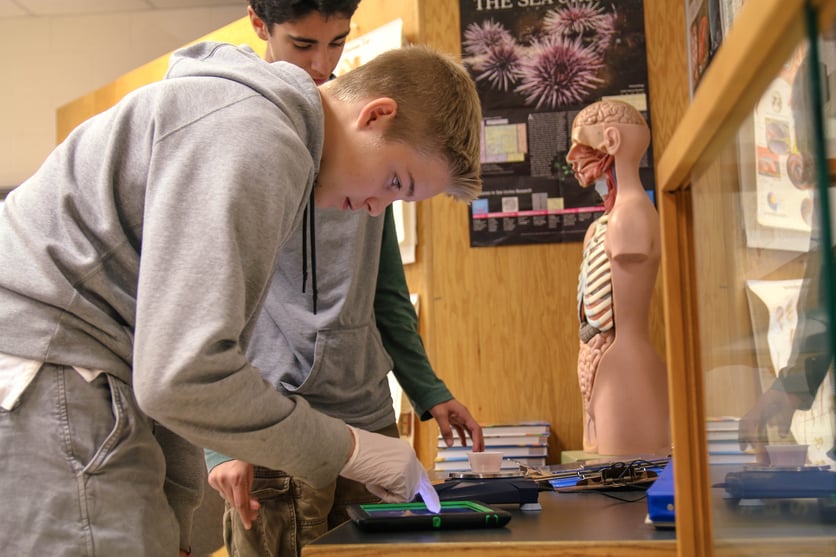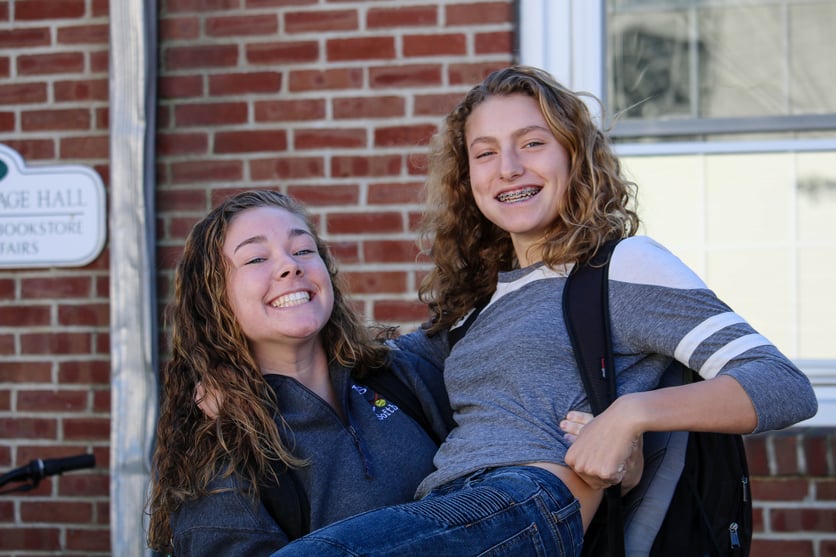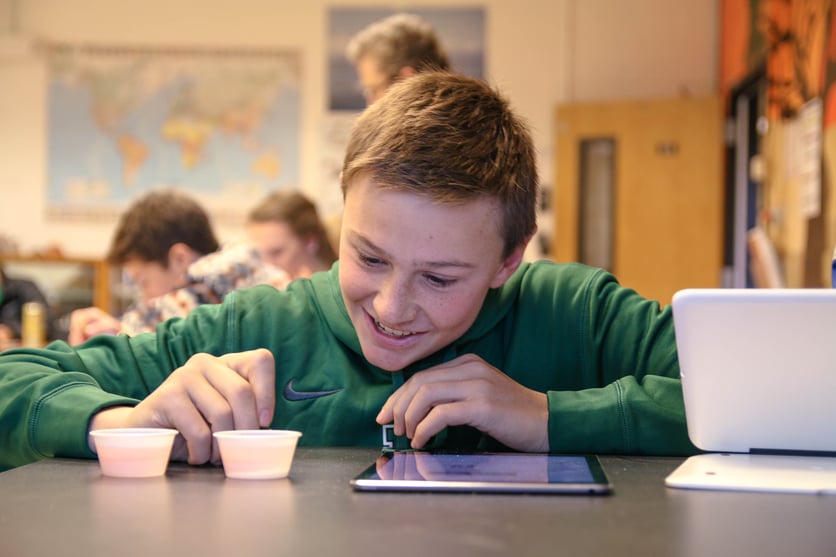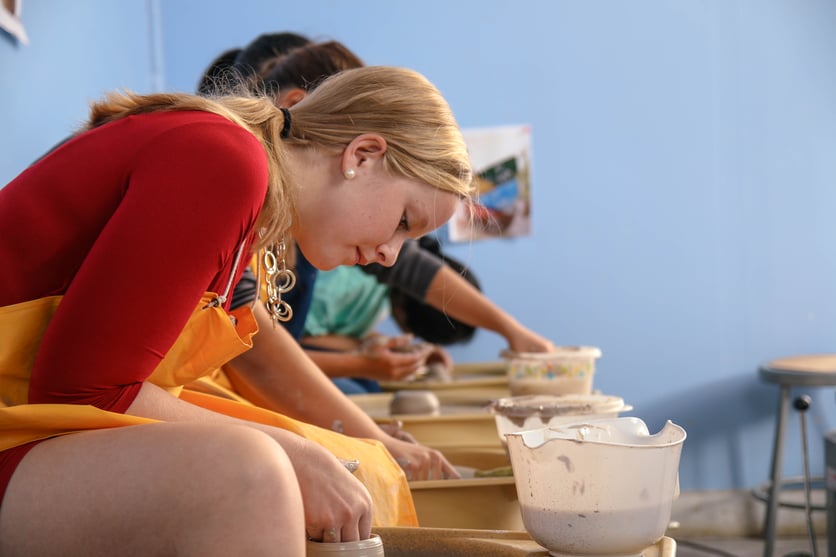We know from the business world investing in a team is as important as investing in an idea. So how do we ensure our ‘team’ is as solid as our ‘idea’? No one will argue with the efficacy of our educational model of hands-on experiential learning infused through authentic relationships with teachers into classrooms both on- and off-campus. The success of Proctor’s educational model, however, is entirely contingent upon its successful implementation.

At the heart of day to day life at Proctor is a reliance on teamwork: in advisories, on the athletic fields, with teachers and Learning Specialists, in group projects, within academic departments, among faculty, and on the administrative team. We are constantly operating in small teams to support student growth, knowing all along that optimized learning depends largely on how we approach our interactions with each other.

Dr. Edward DeBono made famous the concept of ‘The 6 Hats’ when establishing effective teams. DeBono encourages each team to make sure each ‘hat’, or skill set, is represented. To have a creative person (Green Hat) on your team is tremendous, and even better if that creative person works alongside someone passionate about the issue (Red Hat). Add in the process-oriented (Blue Hat) and the positive (Yellow Hat) and the group will be full of optimism and efficiency. However, despite the logical, creative passion that can emanate from those individuals, it is equally important to have the balance of the White Hat (information/data driven person) and Black Hat (a voice of caution and hesitation) on a team. DeBono's philosophy is explained in this short video.

One of Proctor’s greatest strengths is the diversity of perspectives, or ‘hats’, represented by both students and faculty. DeBono would be proud. This variance creates a vibrant community that embraces healthy tension, and does not feel threatened when individuals challenge each other's way of thinking because we all agree on the underlying goals of our educational model. It is what makes our community work, and, it is our responsibility to ensure each of our teams of students and faculty appreciate the roles they play within our community of learners.

Understanding who you are as a learner, and how your personality or skill set meshes with those around you allows you to find your place on your team. Moreover, each of us (adults included) must continue to work to identify what our respective teams need in the moment and proactively work to help fill the voids that exist.

As the Fall Term comes to a close, we are challenged to balance our work in the classroom with all life throws at us outside of the classroom. It is during these times when teamwork becomes more critical than ever. We must each ask ourselves which ‘hat’ our team needs right now. It might not be the hat you are most comfortable wearing, or the one you usually wear, but good teams adjust, adapt, and embrace the opportunity to work through challenges. It is what we have been doing for decades and what gives us unparalleled confidence in our educational model.








